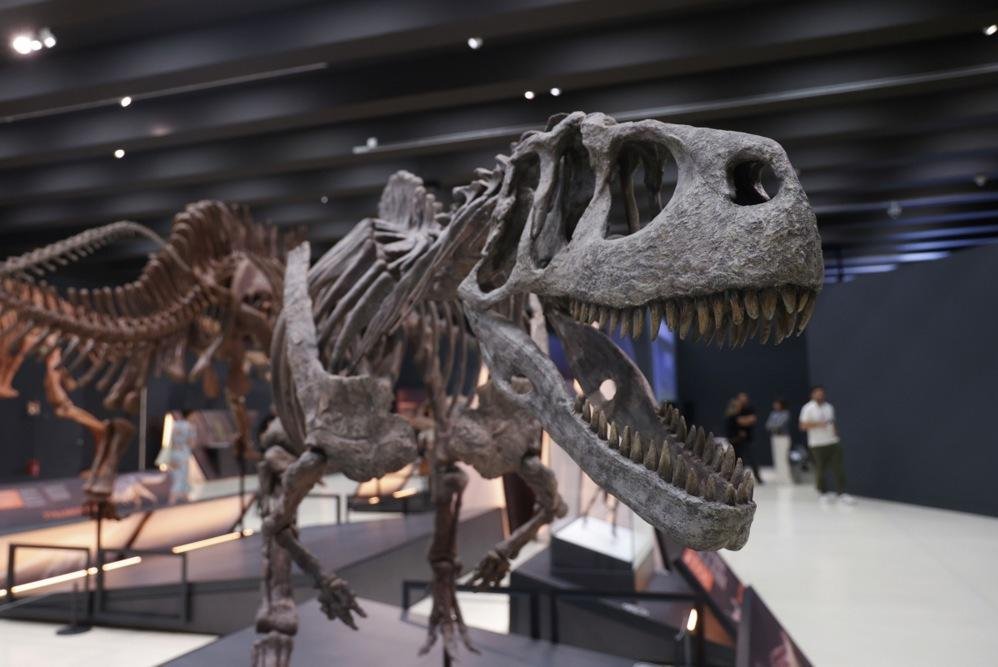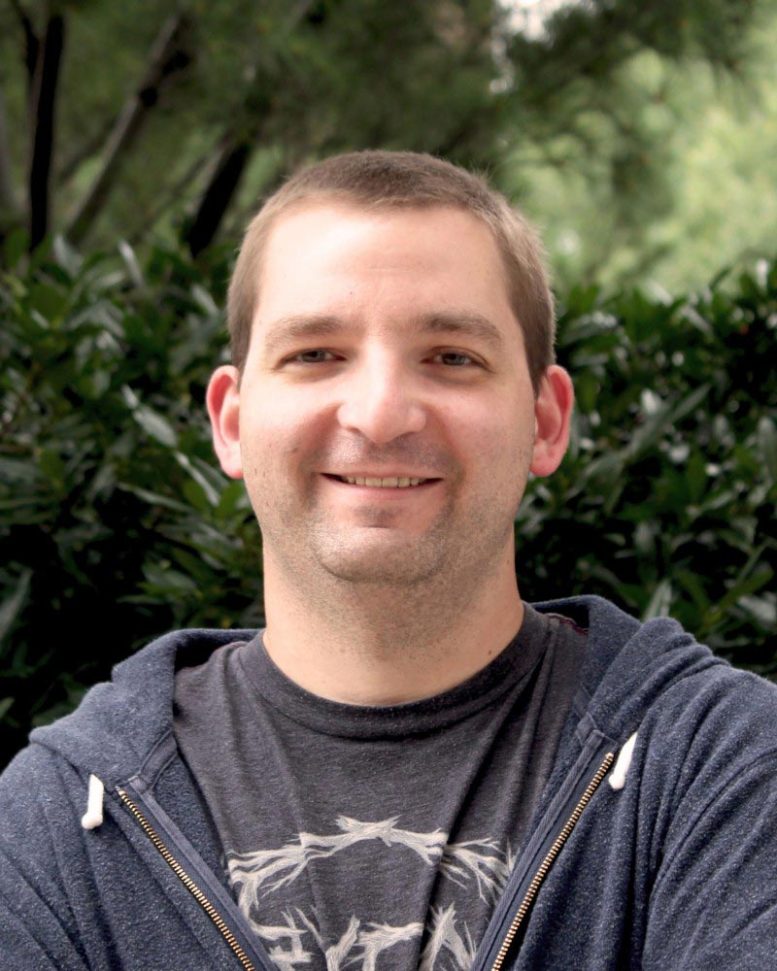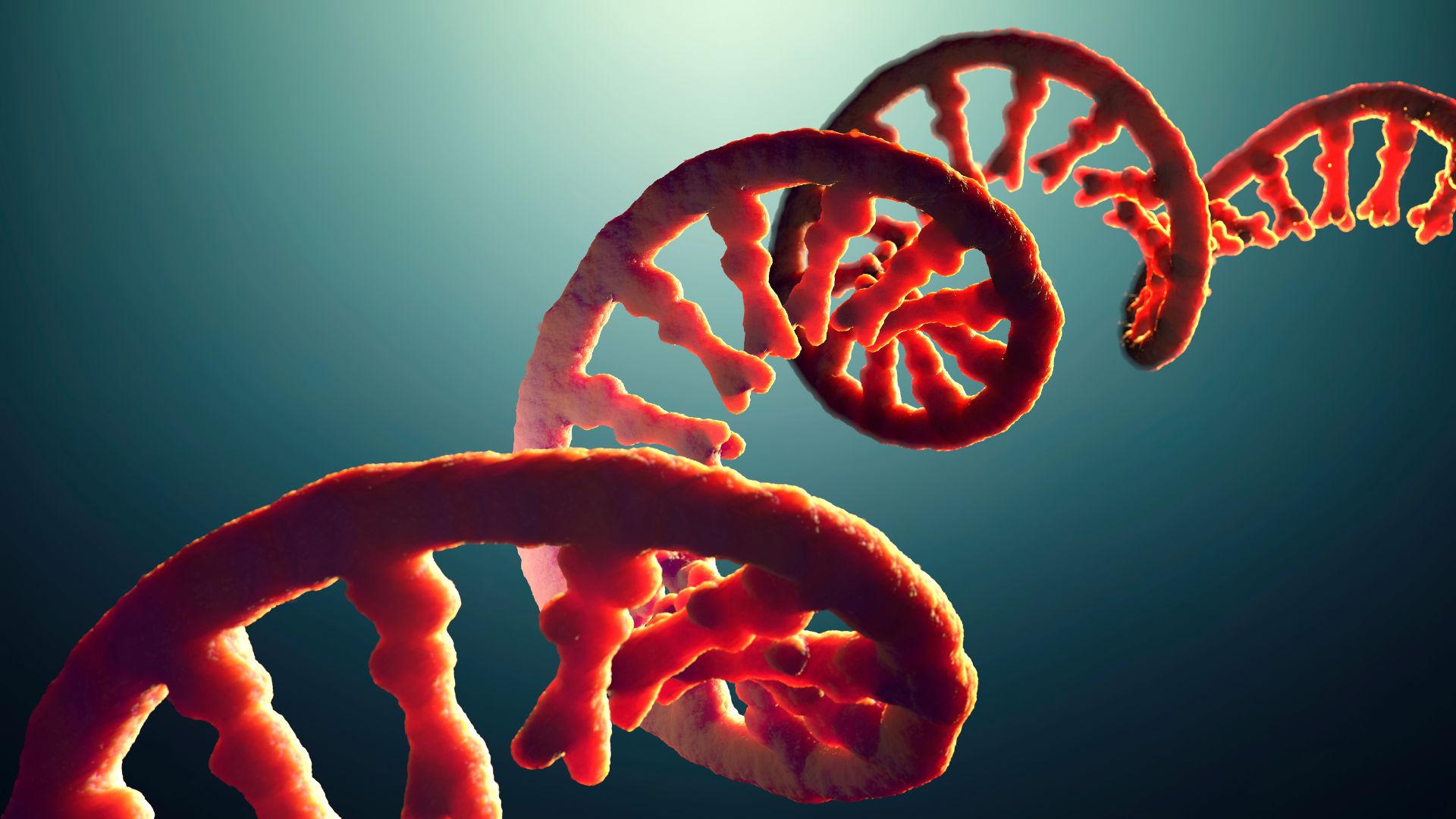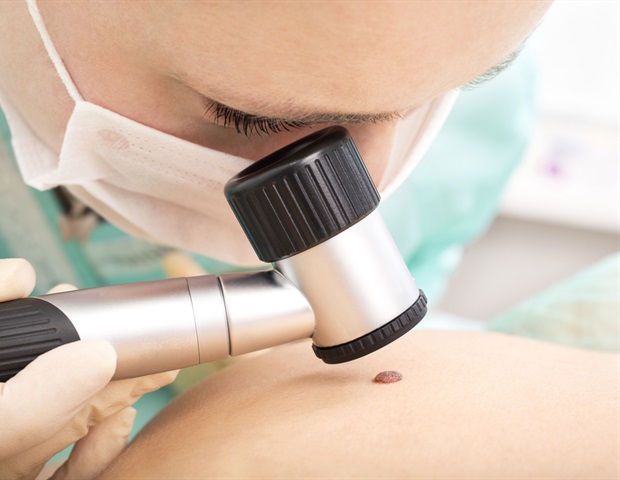Summary: Scientists have uncovered how stem cells in the olfactory system continually regenerate neurons responsible for our sense of smell. Using live zebrafish imaging, cell tracking, and single-cell RNA sequencing, researchers identified a bistable toggle switch that drives progenitor cells to commit to specific fates and self-organize into “cellular neighborhoods.”
These findings explain how fluctuating, noisy signals can reliably produce new neurons throughout life. The work opens the door to applying these mechanisms in broader contexts, potentially advancing treatments for neurodevelopmental and neurodegenerative diseases.
Key Facts
- Toggle Switch: A bistable signaling mechanism controls stem cell fate in the olfactory system.
- Sustained Regeneration: Human olfactory neurons regenerate every few months across the lifespan.
- Therapeutic Potential: Findings may guide future approaches for brain repair and neurodegenerative disease treatments.
Source: University of Alabama Birmingham
Cellular differentiation of stem cells into specialized cells requires many steps, including division, to create more cells; fate determination, which is a commitment to a specific lineage or developmental path; and migration, to integrate the cell into its final location.
Previous in vitro work has shown that stem cells can spontaneously self-organize into groups of specialized cell types, yet little is known about how that happens in living animals — where densely populated microenvironments have high degrees of noise in cell-to-cell signaling and variations in gene expression.
In their study and a featured cover image in a special issue of Stem Cell Reports on Neural Stem Cells, researchers at the University of Alabama at Birmingham and the University of Illinois Chicago describe signaling mechanisms that determine one such example of vertebrate development — the transition from olfactory stem cells into highly regenerative olfactory neurons that are responsible for the sense of smell.
Applying multiple techniques including high-resolution imaging of live zebrafish embryos, quantitative tracking of cell fate and single-cell RNA sequencing, researchers identified a unique bistable toggle switch that assigns divergent cell fates to progenitor cells and drives their assembly into cellular “neighborhoods.”
In doing so, they showed how signaling that guides continuous neural development is integrated at multiple scales — single cells, small clusters of cells and between entire organs.
The study describes “a previously unknown paradigm of cellular neighborhood assembly through which the olfactory epithelium integrates fluctuating, stochastic signals to streamline fate commitment, differentiation and integration into the olfactory neuronal rosette,” wrote lead author Sriivatsan Govinda Rajan, Ph.D., and corresponding author Ankur Saxena, Ph.D., UAB Department of Cell, Developmental and Integrative Biology.
“These findings reveal how stochastic signaling networks spatiotemporally regulate a balance between progenitors and derivatives, driving sustained neurogenesis in an intricate organ system.”
“Remarkably, the human nose turns over its neurons every couple of months or so throughout our lifetimes,” Saxena said.
“Given this unusual neuroregeneration, we wanted to answer a fundamental question: How do stem cells funnel fluctuating signals to make new neurons over and over again?
“Now, we’re building on our molecular ‘answers’ from the zebrafish model system by asking if the identified molecular pathways can be applied in other contexts to shape the nervous system across vertebrates.
“Long-term, our hope is to discover new therapeutic avenues for patients with neurodevelopmental or neurodegenerative disorders.”
Co-authors with Rajan and Saxena in the study, “Progenitor neighborhoods function as transient niches to sustain olfactory neurogenesis,” are Lynne M. Nacke, UAB Department of Cell, Developmental and Integrative Biology; and Joseph N. Lombardo, Farid Manuchehrfar, Kaelan Wong, Pinal Kanabar, Elizabeth A. Somodji, Jocelyn Garcia, Mark Maienschein-Cline and Jie Liang, University of Illinois Chicago.
At UAB, Cell, Developmental and Integrative Biology is a department in the Marnix E. Heersink School of Medicine.
More information about the Saxena Lab’s work can be found at www.saxenalab.com. Rajan is now at Memorial Sloan Kettering Cancer Center, New York City, New York.
About this genetics and neuroregeneration research news
Author: Jeffrey Hansen
Source: University of Alabama at Birmingham
Contact: Jeffrey Hansen – University of Alabama at Birmingham
Image: The image is credited to Neuroscience News
Original Research: Open access.
“Progenitor neighborhoods function as transient niches to sustain olfactory neurogenesis” by Sriivatsan Govinda Rajan et al. Stem Cell Reports
Abstract
Progenitor neighborhoods function as transient niches to sustain olfactory neurogenesis
Olfactory neurogenesis occurs throughout the lives of vertebrates, including in humans, and relies on the continuous differentiation and integration of neurons into a complex network.
How progenitor cells convert fluctuations in cell-cell signaling into streamlined fate decisions over both space and time is poorly understood.
Here, we track multicellular dynamics in the zebrafish olfactory epithelium, undertake targeted perturbations, and find that neurogenesis is driven by mutual antagonism between Notch signaling and insulinoma-associated 1a (Insm1a) that is responsive to inter-organ retinoic acid signaling.
Single-cell analysis reveals that olfactory neurons emerge from transient groups of cells termed cellular neighborhoods.
Stochastic modeling shows that neighborhood self-assembly is maintained by a tightly regulated bistable toggle switch. Differentiating cells migrate apically in response to brain-derived neurotrophic factor (BDNF) to take up residence as mature sensory neurons.
Cumulatively, these findings reveal how stochastic signaling networks spatiotemporally regulate a balance between progenitors and derivatives, driving sustained neurogenesis in an intricate organ system.

















